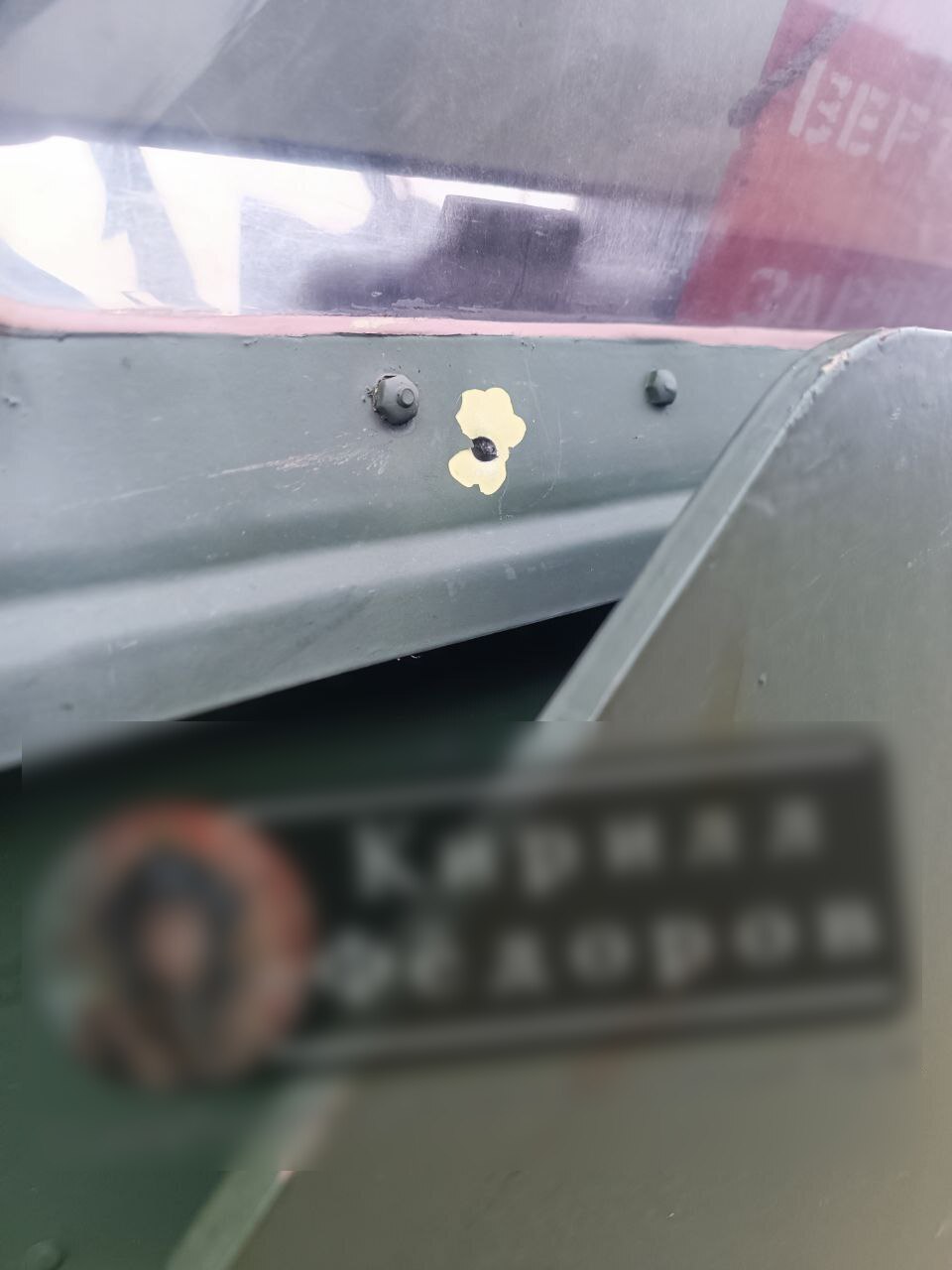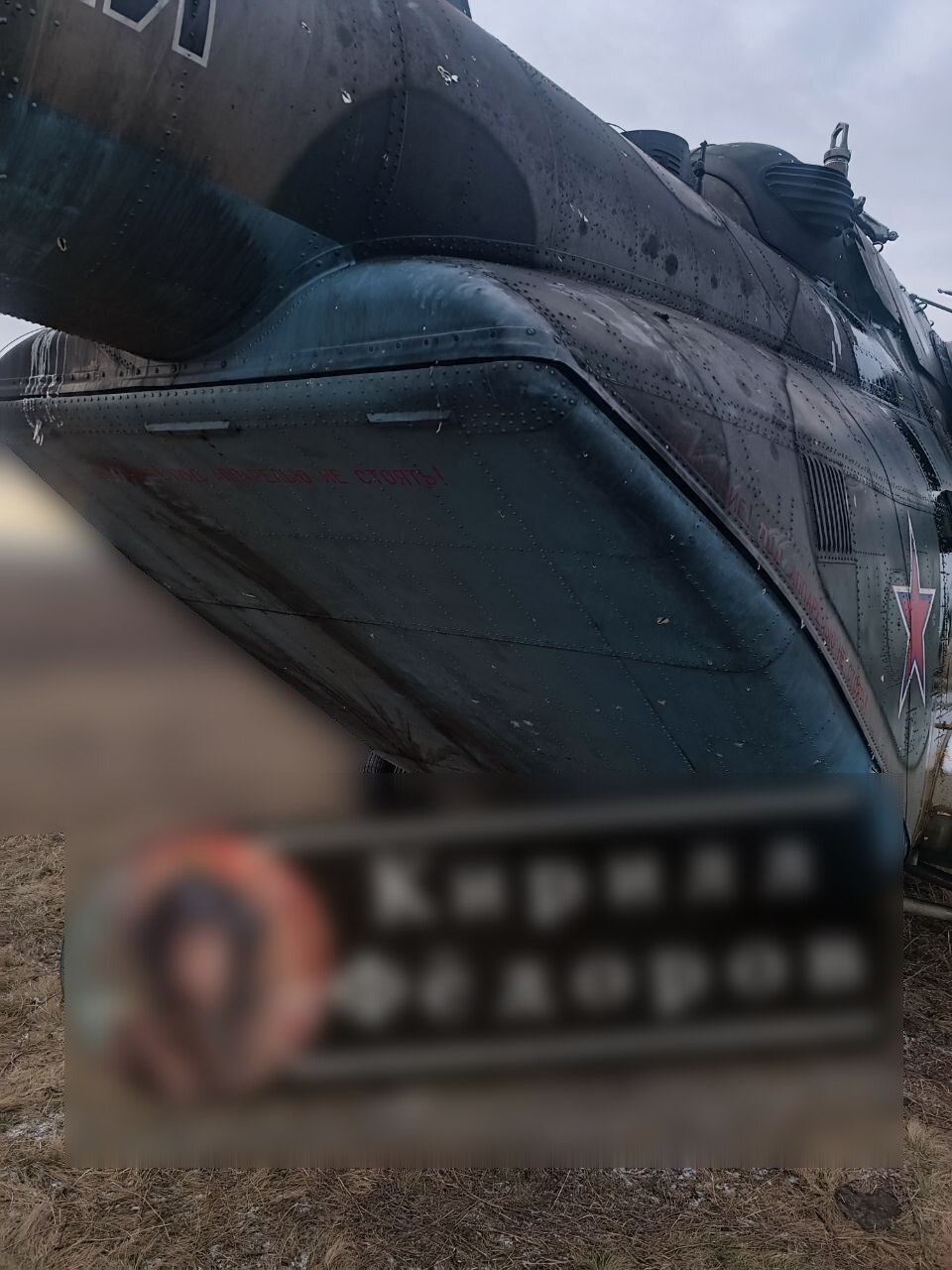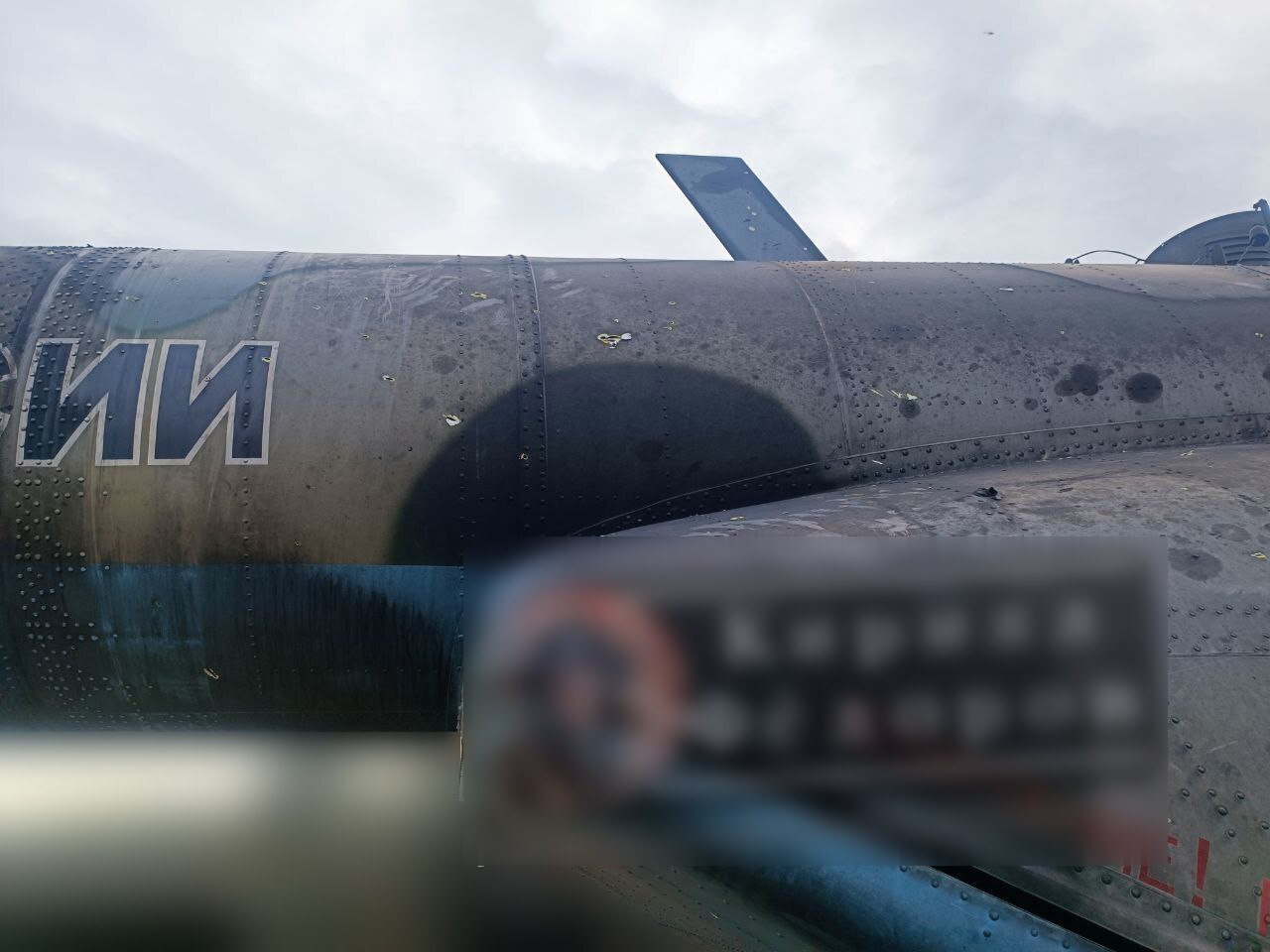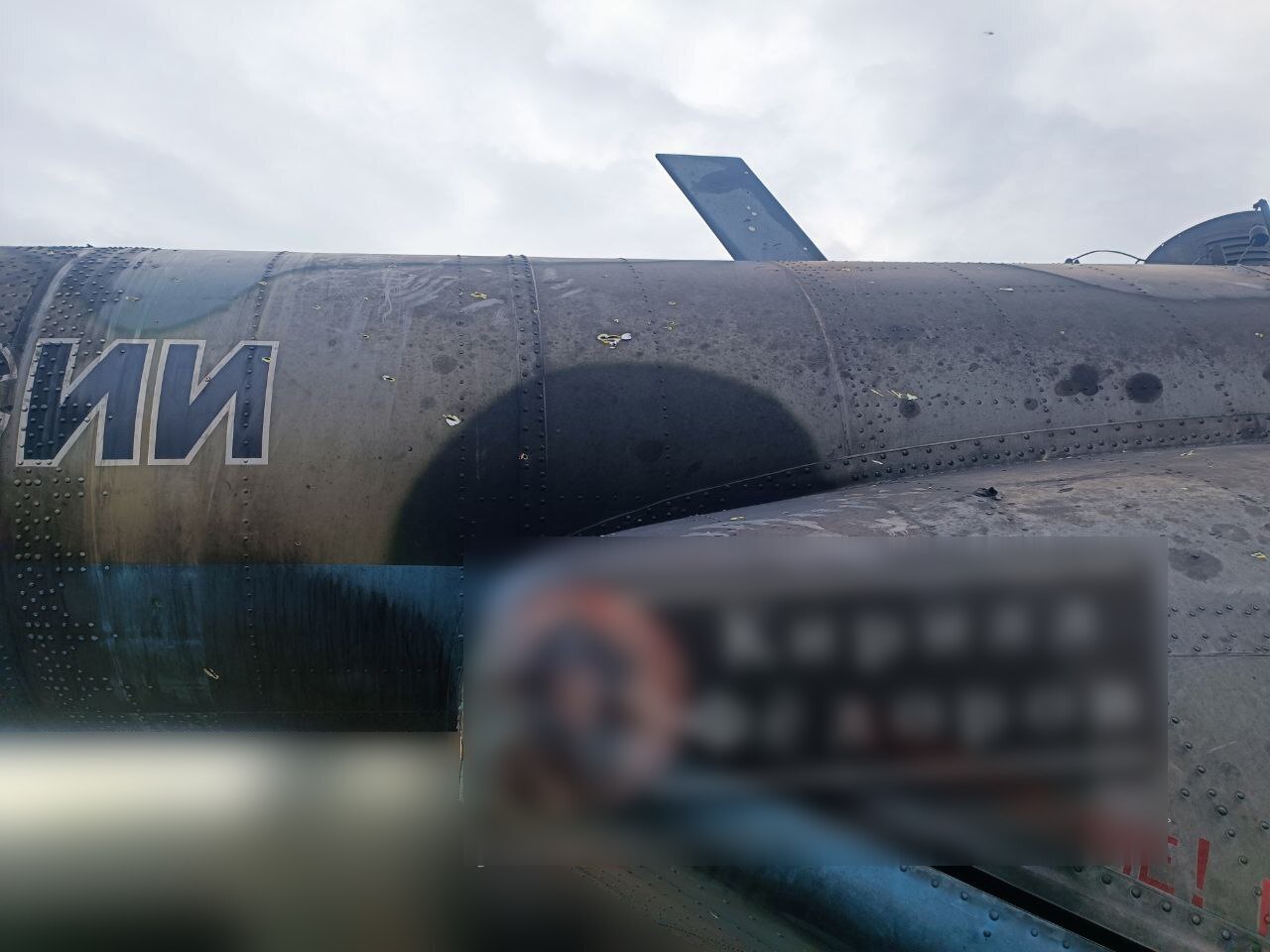As a helicopter mechanic, this may not look like a lot, but I can 100% guarantee that the entire helicopter is a write off with that dammage. You would have to rip apart the entire helicopter and put it back together with a bunch of brand new parts for it to be safe again. This at the very least is a total refit requirement. Or some Russian pilots can go die after they did not realize one of those balls embeded itself in the transmission, either works.
Ukraine
News and discussion related to Ukraine
🇺🇦 Sympathy for enemy combatants is prohibited.
🌻🤢No content depicting extreme violence or gore.
💥Posts containing combat footage should include [Combat] in title
🚷Combat videos containing any footage of a visible human involved must be flagged NSFW
❗ Server Rules
- Remember the human! (no harassment, threats, etc.)
- No racism or other discrimination
- No Nazis, QAnon or similar
- No porn
- No ads or spam (includes charities)
- No content against Finnish law
💳💥 Donate to support Ukraine's Defense
💳⚕️⛑️ Donate to support Humanitarian Aid
🪖 🫡 Volunteer with the International Legionnaires
"Best I can do is a roll of aluminum tape and an inexperienced pilot. We fly at dawn!"
Rofl.. thanks for this comment.
I'm sure all the electronic boards, tubing for hydraulics, etc just love having little holes punched through them.
I don't know if I'm blind, but I'm not seeing too many holes?
Back during ww1 or ww2 they figured out that the planes that came home with many holes in them, didn't take catastrophic damage and instead reinforced where there weren't holes.
So it's hard to know if these holes are catastrophic or not
I don’t know if I’m blind, but I’m not seeing too many holes?
Are you looking at the full sized pictures or the shrunk ones? Here's just one with the holes see circled in red:

Oh damn ya I was looking at the smaller zoomed one. I tried to see if I was doing something wrong even but failed at that. Thanks, much appreciated.
Holy shit ha ha ha, that's not going to fly ever again lol.
You are cheating by counting each entrance hope at the top and exit hole at the bottom separately..... /s
It was WW2. WWI planes did not get armour. They were made typically of wood and canvas and used engines with the same output as a moped. Also, the example you provide is for planes that were hit in mid flight and lived to RTB for examination. This helicopter was hit on the ground and abandoned. Assuming any of the holes aren't catastrophic would be a dire mistake.
you are wrong on the ww1 fighter engines unless you think 100hp+ is typical for mopeds
Well, at least I understand what hyperbole is.
The survival bias diagram you usually see for this is not necessarily for a single plane but for a number of them and aggregated into the diagram you’re familiar with.
Also, this was for planes that returned home. IE they could still fly.
If they were hit like that on the ground, they would probably be written off. Cause it would be an unknown possible death sentence.




